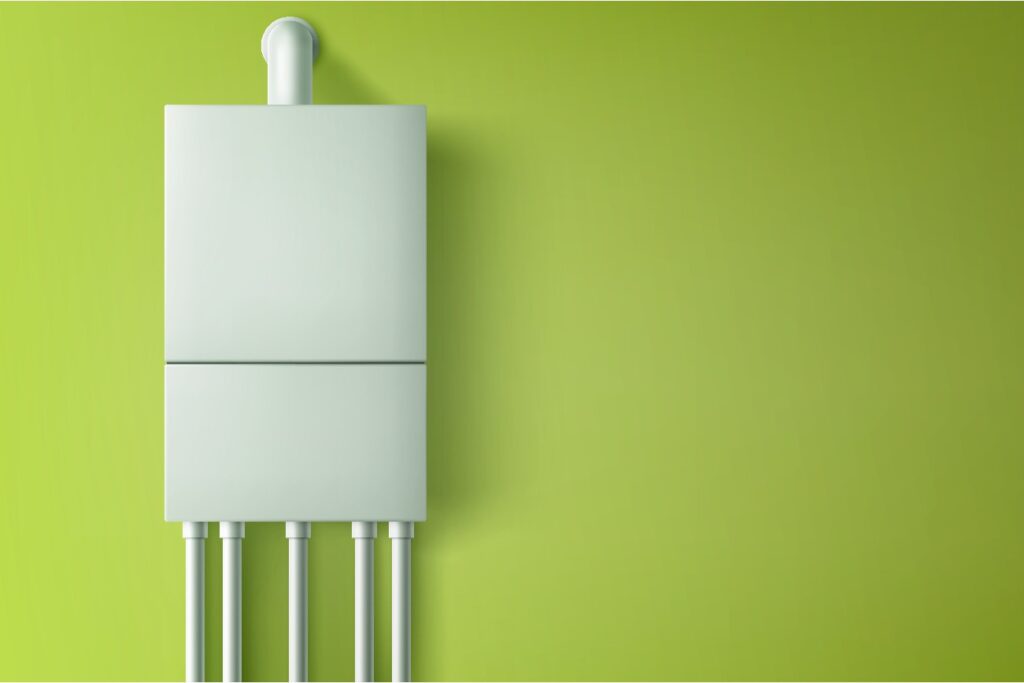When controlling humidity in enclosed spaces, reducing energy consumption is essential. To meet this need, businesses add heat recovery systems to dehumidification units. This provides both energy savings and an environmentally friendly solution.
What Is a Heat Recovery System?
This system recovers heat from exhaust air and transfers it to incoming fresh air. As a result, the indoor temperature is maintained and energy loss is prevented.
How Does Heat Recovery Work in Dehumidification Units?
The unit draws humid air from the environment into the system. As the air passes through the heat exchanger, it releases thermal energy. The system transfers this energy to the fresh air intake. This balances the indoor environment and saves energy. Plate, rotary, and tubular heat exchangers perform this function. Double heat exchanger systems offer higher efficiency.
Advantages of Heat Recovery Units
- Saves energy
- Reduces carbon emissions
- Balances indoor temperature
- Lowers operating costs
- Extends equipment lifespan
- Provides environmentally friendly HVAC
Moreover, since heat recovery systems improve unit efficiency, they also prolong equipment life.
Heat recovery systems increase the efficiency of dehumidification units. Businesses choose plate, rotary, or tubular systems based on their needs. With the right choice, energy consumption decreases while indoor comfort improves.
Keywords
heat recovery system, dehumidification unit, energy-efficient HVAC, plate heat exchanger, rotary heat exchanger, tubular heat recovery, unit energy efficiency, humidity control system, heat recovery HVAC, industrial dehumidification solutions
